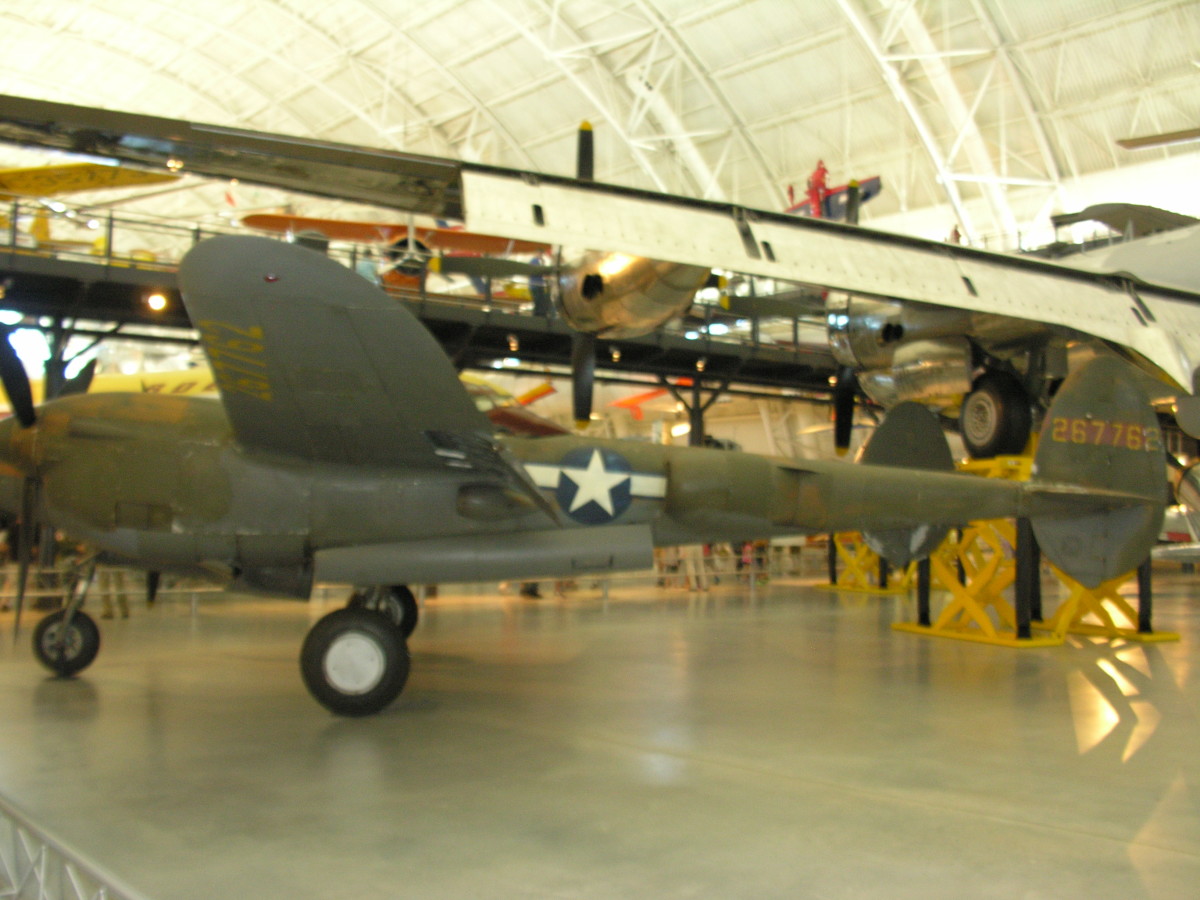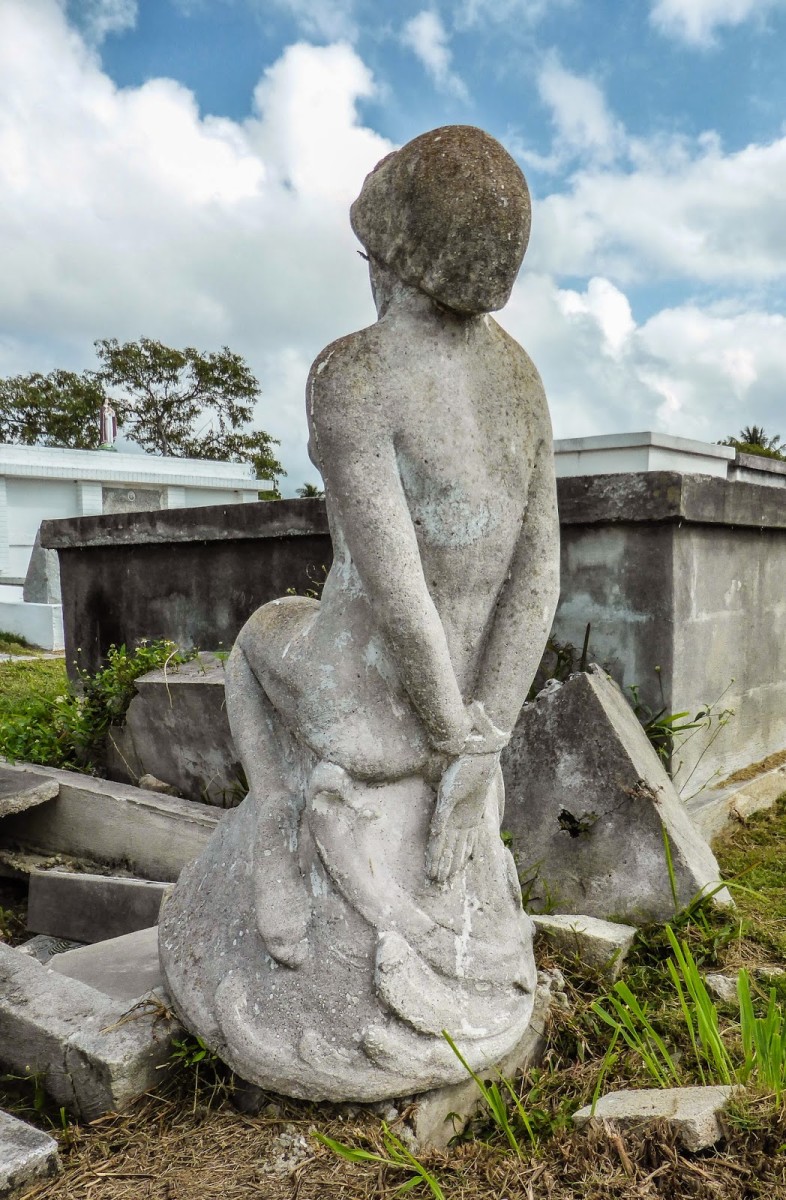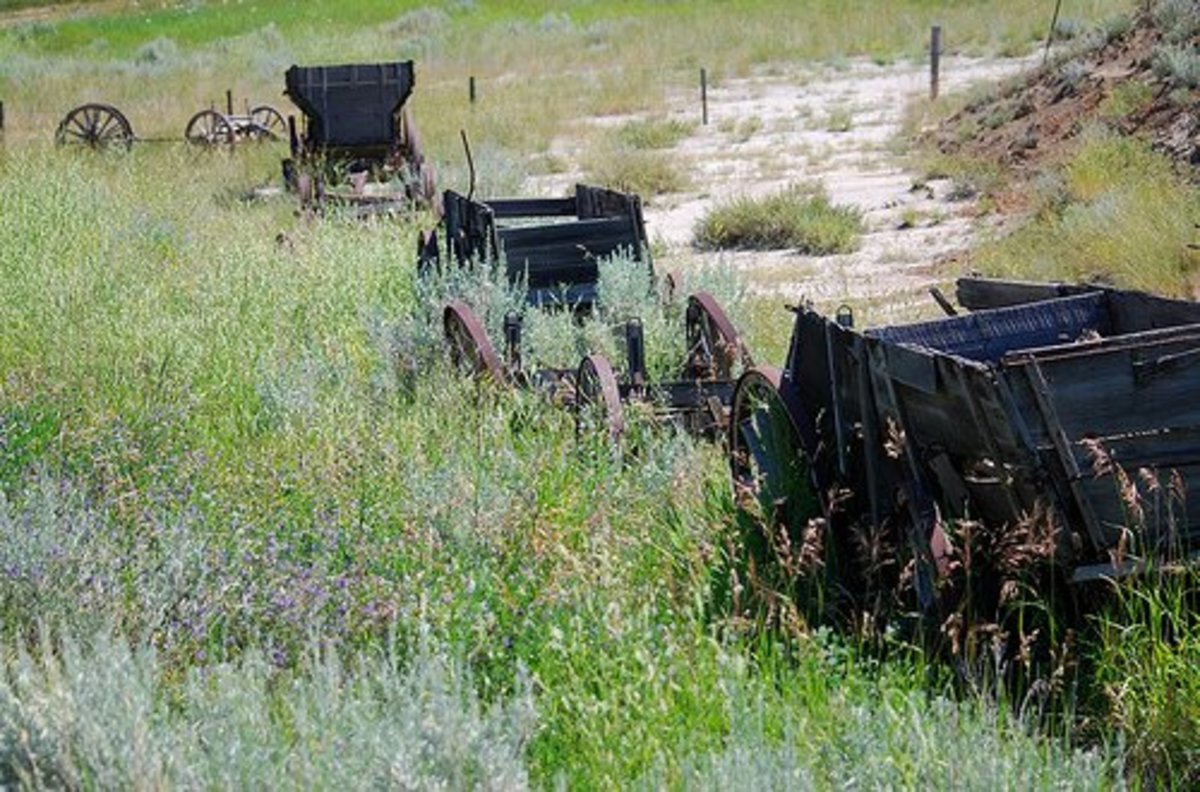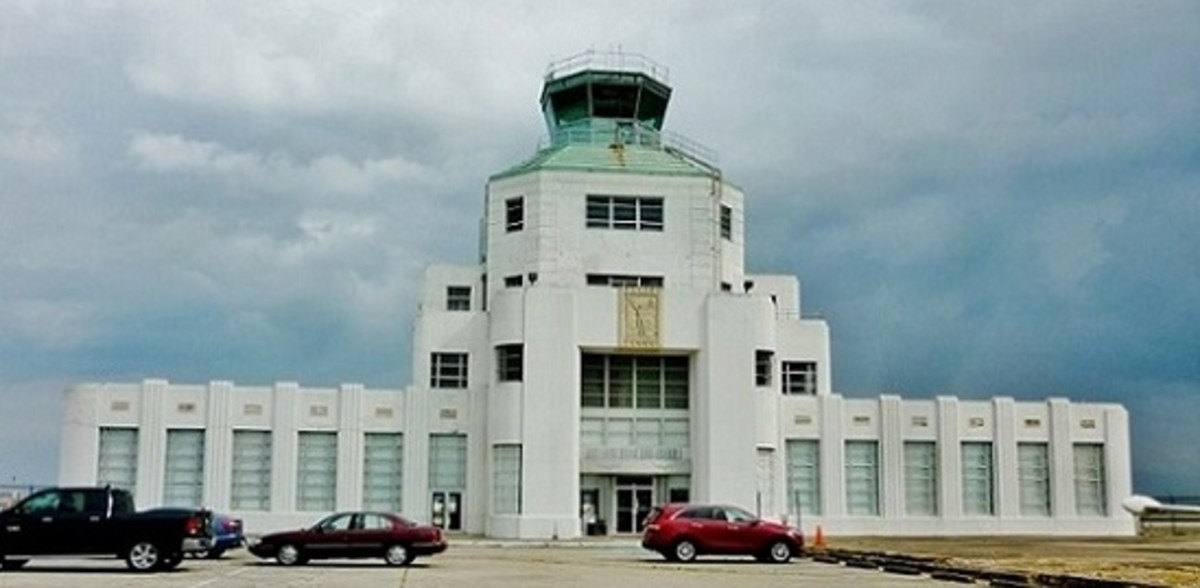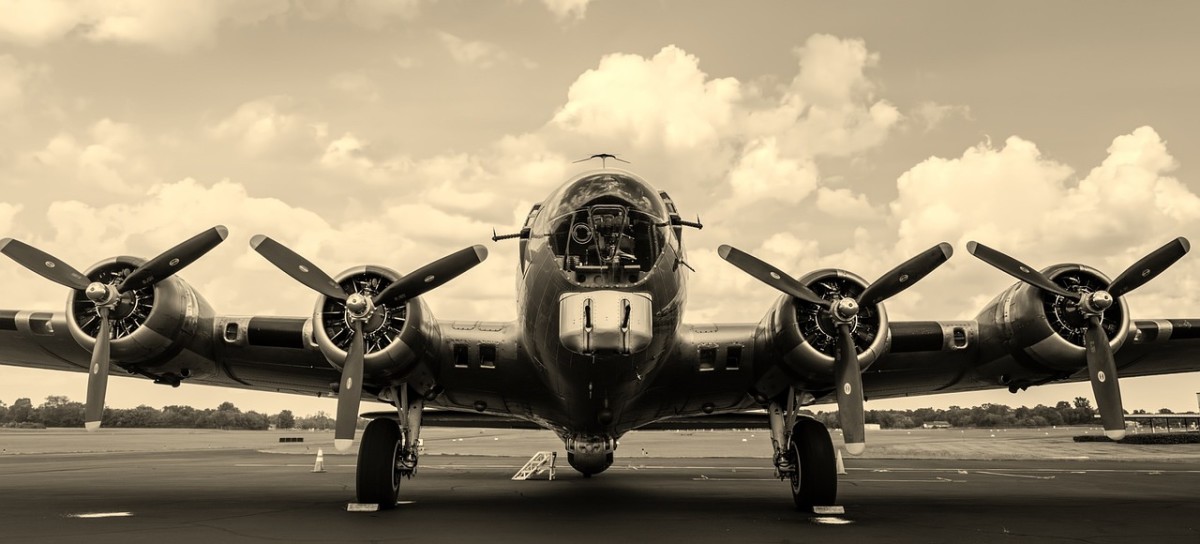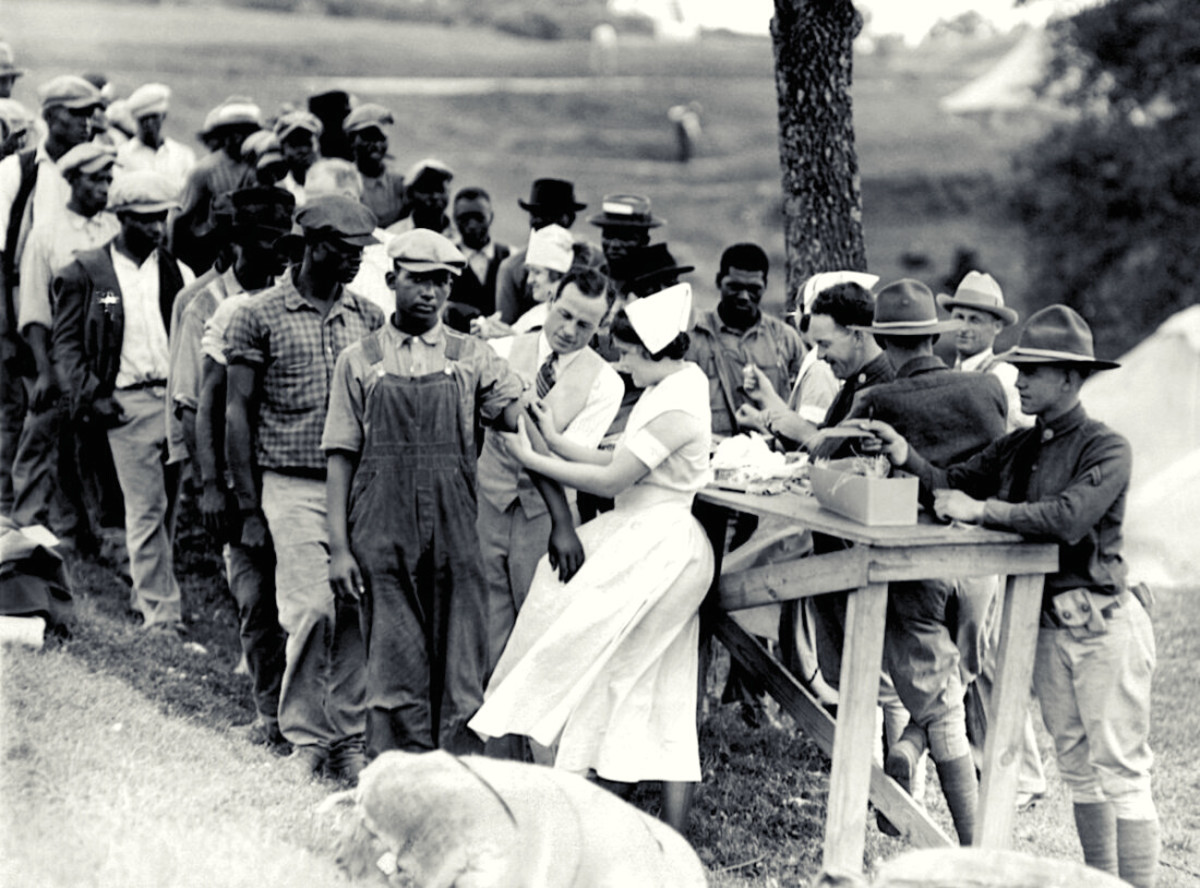- HubPages»
- Education and Science»
- History & Archaeology»
- History of the Modern Era
Pioneer Aviation The Dare Devils of 1930 History
Gypsy Moth.
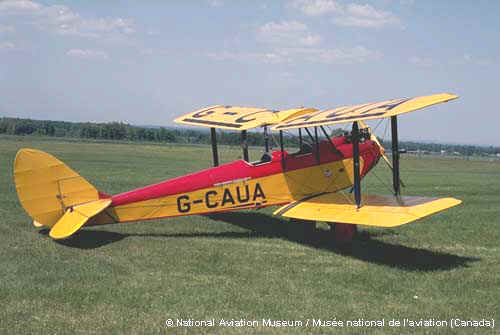
Welcome to Pioneer Aviation The Dare Devils of 1930 History
It was one o'clock in the morning when the little Gipsy Moth aero-engine roared into life. The place? Gerringong on the southern coast of New South Wales, Australia. The date? 22nd of November 1934. The take off would be at 2-00 a.m. because the men involved where told by the authorities that their aircraft was not safe. They were not to fly it.
New Zealander, Raymond Whitehead, and Ballarat Victorian born Rex Nichols, decided on the spur of the moment to beat Charles Kingsford Smith (Smithy’s) ten-hour journey across the Tasman Sea. The duo wanted adventure. They wanted excitement. And they wanted fame.
The Pioneer Aviators Prepare Their Aeroplane
So our pair of pioneer aviators set to work modifying their tiny three-seater De Havilland Moth. First of all they ripped out all three seats and put in a huge gas tank which took up just about all the cabin space. In this way they increased the fuel capacity from 160 litres to 540 litres. This would give them the range.
Trouble was there was no space left to sit. So they built a small wooden seat and tied a cushion to it. One man could sit here with his knees up. The second man would sit on the floor in front of him. There wasn’t much room. So little in fact that both men needed to remove their boots before they could squeeze in.
These men were not only adventurers but innovators
Another problem was the amount of oil the Gypsy Moth burnt. Even after a two-hour trip the engine oil had to be topped up. If the oil reservoir ran dry the engine would seize, casting them to certain death in the cold waters of the Tasman Sea.
Whitehead and Nichols fixed this problem by simply attaching a hose-pipe to the engine and running its extension into the cabin, where it would be topped up manually using a funnel. The inward end of the hose was blocked off with a home-made wooden bung.
It would be fair to say these men were innovators. And they were daring. These were unsung and unknown heroes. Would their intentions lead only to tragedy?..
They were quickly running out of beach...would they ever get airborne?
The little De Havilland used up a long, long stretch of beach on take off. It seemed she would never get off. At last it lifted. Just in time. The tiny plane turned to the east, one wheel actually touching the top of an incoming wave. Under its huge weight of fuel, it droned into the night.
An hour went by. Suddenly the tiny, cramped cockpit was filled with choking fumes from the engine. Whitehead opened the windows. No good. They were still spluttering, choking, their eyes watering, their lungs crying out for air. Nichol desperately searched for the cause. With his flashlight he noticed that the wooden bung had come adrift for the jerry-built oil-filler they’d made.
1930 History, pioneer aviation, - our dare devils had no choice but to continue on...
They put the bung back in but it wasn’t sealing properly. Still the fumes poured in. Using one of the batteries from the torch, wrapped around with celotape, Nichol at last managed to tap off the deadly fumes. But every hour they had to take out the bung, put up with the fumes, whilst they topped up the engine oil.
The hours dragged by. 600 kilometres out our pioneer aviators spotted a steamer. Not that it was of any use. They’d taken out their radio to save weight.
It was sheer agony changing places
At daylight the men decided to change positions. Each was suffering from painful cramps from having remained in the same position for so long. The Tasman Sea is no duck pond. But with the plane so unstable with all the extra fuel aboard they hadn’t been game to move earlier.
In order to make the move, Whitehead had to stand upright, with his head and shoulder pressed against the cabin roof, legs apart. Nicholls then had to squeeze back between his legs and stand up behind him. Then Whitehead would take Nicholl’s earlier position. They’d practiced it on the ground. But in the air, after hours of sitting still, the exercise was an agony.
Nothing but ocean. Ten, twelve hours and still no sight on land
More hours droned by. Ten. They weren’t going to beat Smithy’s record. Twelve... Where was the land? Thirteen. How much fuel left? God, where is the land?
The sun slipped down the dome of the sky behind them. Soon the daylight would be gone. A panic started to creep into their conversation. What had gone wrong?
Fourteen hours. Then... To their amazement far off to starboard were three tiny pinnacles of rock sticking out of the sea. The Three Kings Islands. They were off the northernmost tip of the North Island of New Zealand.
Surely wind shift couldn't have pushed them this far north...
Now could this be? They been aiming for Auckland’s Mangere Airport. How could they be this far north? They turned south with a sigh of relief. At least land lay that way. Had they not sighted those islands the Tasman Sea would have become the vast Pacific Ociean.
Within minutes they sighted the coast. With the sun gone, they touched down on the long and lonely stretch of Ninety Mile Beach, bringing the aero plane to a smooth halt.
But it was not until they landed in Auckland the next day that they found out that the compass had been reading ten degrees out since the very beginning of their journey. Had it been just one more degree out they would have passed the Three Kings Islands without seeing them. They would have droned on and on until the last drop of fuel was gone, and would have plummeted down into the vast reaches of the South Pacific.
In 1930 History we rarely hear of such men. But we owe them so much...
Such were the dangers of early flight. But it is because of men and women of the likes of these – these brave, even foolhardy pioneers, that we fly in safety today. I salute these aviators. I salute these adventurers. To them must go all praise. To them the tribute.
I hope you enjoyed reading this short article: Pioneer Aviation The Dare Devils.
Keep smiling.
Tom.
More on the writer
- Tom Ware Public Speaking The Prince of Storytellers
Tom Ware Public Speaking! Tips, events and videos to help you become a gifted speaker. Visit now!

